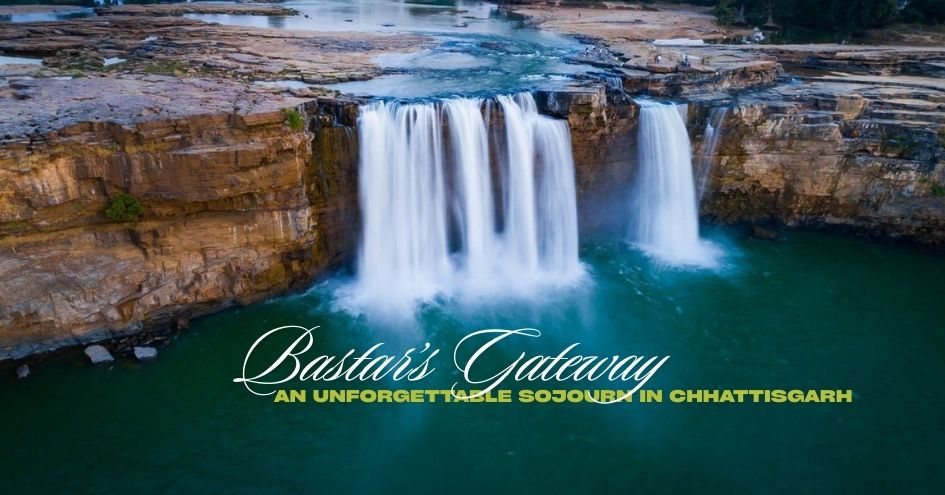
Last month, one evening, my phone rang with an unfamiliar number. “Hello, I’m Akash Verma, calling from Qatar,” came the polite voice. “I got your number from Shefali Vaidya in Pune. May I speak with you for a few minutes?” he asked.
I smiled and said, “Of course, please go ahead.” Thus began a long and delightful conversation —
Akash ji is a journalist, originally from Chhattisgarh but having lived in Bengaluru for many years. He holds deep affection for Kannada, Karnataka, and Kannadigas, sprinkling Kannada words effortlessly into his Hindi conversation, as though sharing a piece of home. Yakshagana, in particular, fascinates him. It was his dream to invite a few Kannadigas to Chhattisgarh for a unique cultural confluence.
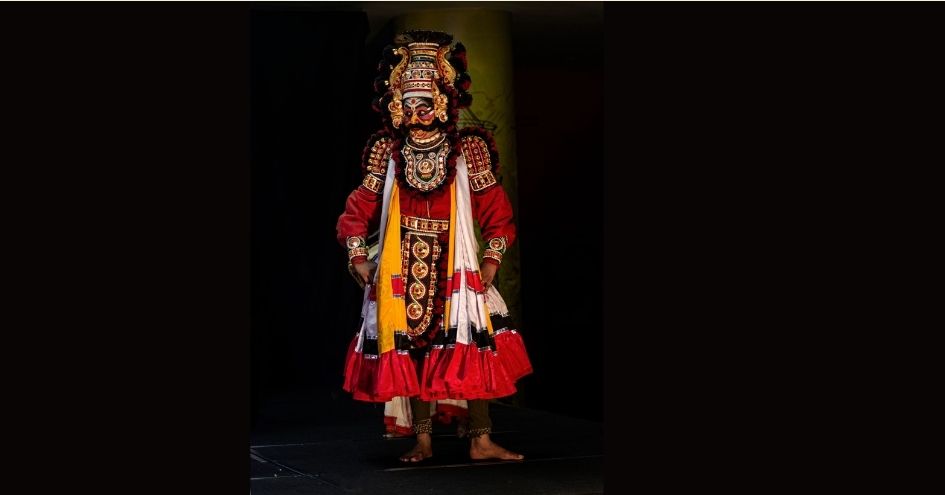
That was why he had called — to extend an invitation to me. Hearing this, I thought to myself with a chuckle, “Ah, so I’ve become world-famous to Chhattisgarh now!” But his sincerity quickly became evident when he said, “We’re bringing Krishna Devaraya from Anegundi and the Yakshagejje troupe from Sirsi as well.” Realising he was serious, my respect grew even more when I learnt that he was funding it entirely from his pocket.
“Shall I arrange your travel?” he asked. “No need,” I assured him. “I’ll take care of it. I will come.”
The Journey Begins
On the appointed day, I left Bengaluru. My first pleasant surprise came right at the entrance of Terminal 2 — there lay Pravasi Prapancha, the weekly travel magazine edited by Vishweshwar Bhat!, I too contributed to this magazine with many of my travel experiences. I enjoyed it over breakfast in the lounge.
The route was: Bengaluru → Hyderabad → Jagdalpur (Chhattisgarh). On the Hyderabad–Jagdalpur flight, I met other Karnataka invitees. At Jagdalpur Airport, we were welcomed with garlands and tender coconuts.
The airport bore a rare name — Maa Danteshwari Airport. Few airports are named after a goddess. And, to my surprise, we were taken straight to offer prayers at the Danteshwari temple.
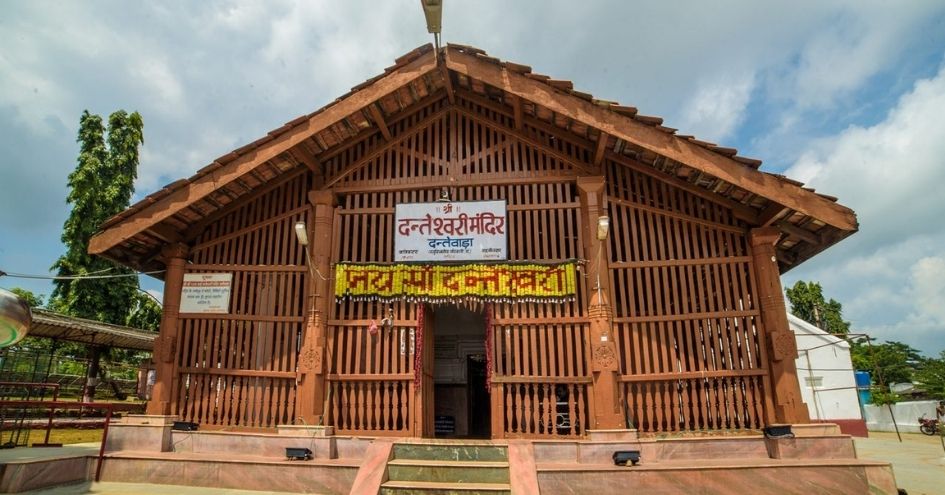
The Story of Maa Danteshwari
The original shrine of Maa Danteshwari lies in Dantewada, one of the 51 Shakti Peethas of India. Legend tells how Daksha insulted Shiva, and in anguish, the goddess — Daksha’s daughter — immolated herself in the sacrificial fire. Overcome with grief, Shiva carried her body, performing the cosmic Tandava. Where her teeth fell, the place became known as Dantewada, and she as Maa Danteshwari.
The temple we visited was the royal family’s private shrine. The present king, Kamal Chandra Dev Bhanjdeo, is the 24th descendant of the Kakatiya dynasty of Andhra Pradesh. Our delegation included Krishna Devaraya — the 19th-generation descendant of the Vijayanagara Empire. Listening to these royal scions converse carried echoes of a glorious past and the pain of its fall.
In the 14th century, when Ghiyasuddin Tughlaq's forces attacked, King Prataparudra’s brother, Annama Dev, fled to the forested north, becoming a devoted worshipper of Maa Danteshwari. Pleased by his devotion, the goddess gifted him the cloth that draped her head. This sacred cloth became the symbol of his new kingdom. The local tribes called it Bastr, which evolved into Bastar.
This holy cloth is still preserved, and even today, before visiting the temple, the tribal people first pay their respects to the king — a tradition that continues unbroken.
The present king studied in Bengaluru and speaks a few sentences in Kannada with affection. For guests from Karnataka, the palace doors are always open.
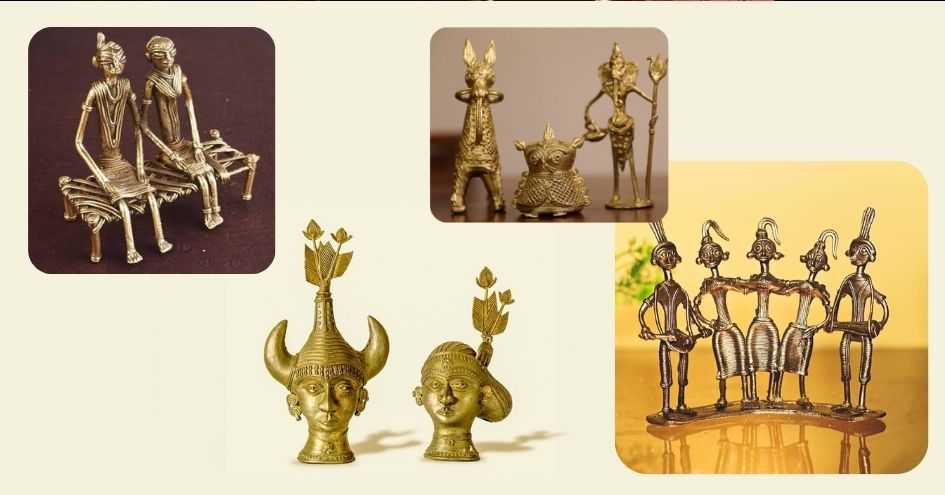
India’s Niagara — Chitrakote Falls
The next day, we travelled to Chitrakote Falls, about 40 km from Jagdalpur. After a royal welcome at the palace and an overnight stay at a resort, I awoke to a breathtaking sight — the Indravati River leaping into a wide horseshoe-shaped cascade. Though reminiscent of Gokak Falls, its width and grandeur justify the title “Niagara of India.”
Here, a symbolic Sangam ceremony was held, blending waters from five great rivers — the Tungabhadra, Kaveri, Mahanadi, Indravati, and Godavari — signifying unity. After this symbolic ceremony, we returned to Jagdalpur.
A Cultural Bridge Between Chhattisgarh and Karnataka
The grand programme began with Jaya Bharata Jananiya Tanujate… which is the state song of Karnataka and Chhattisgarh’s state song Arpa Pairi Ke Dhar. Unity in diversity was not just a slogan here — it was alive on the stage.
RSS pracharak Ravi Kumar Aiyar spoke on the historical links between the two states. I gave a talk on Operation Sindoor and Karnataka’s contributions to India’s defence sector. Many other eminent speakers spoke on many important topics.
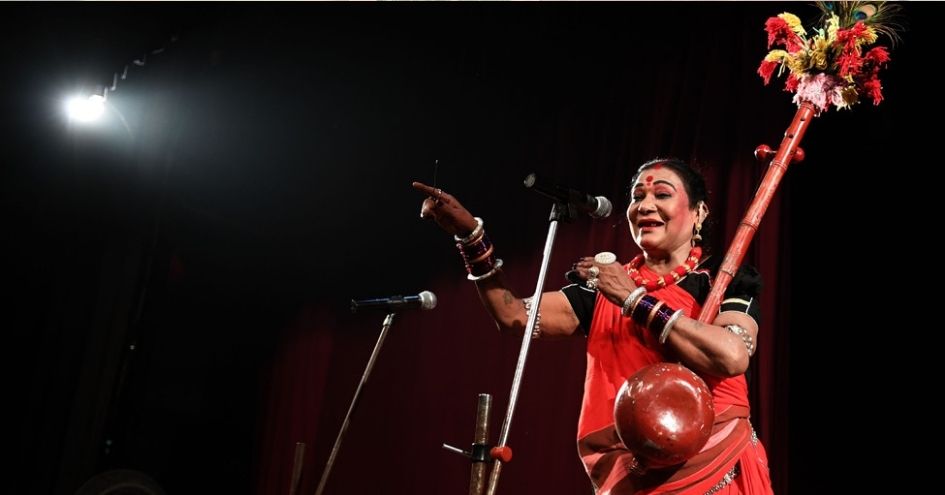
Then came the mesmerising performance of Yakshagejje, led by Smt. Nirmala Heggade, who enacted the episode of Mohini Bhasmasura. From Chhattisgarh’s side, the famed folk theatre form Pandavani captivated the audience. The day concluded with a joyful feast — hearts and cultures bound closer than before.
Two days later, I returned home, my heart carrying the fragrance of Bastar’s forests, the roar of its waterfalls, and the warmth of its people.
One request — visit Bastar at least once. Forget the tales of “Naxal trouble” that outsiders love to repeat. Go see it for yourself — because here, seeing is believing
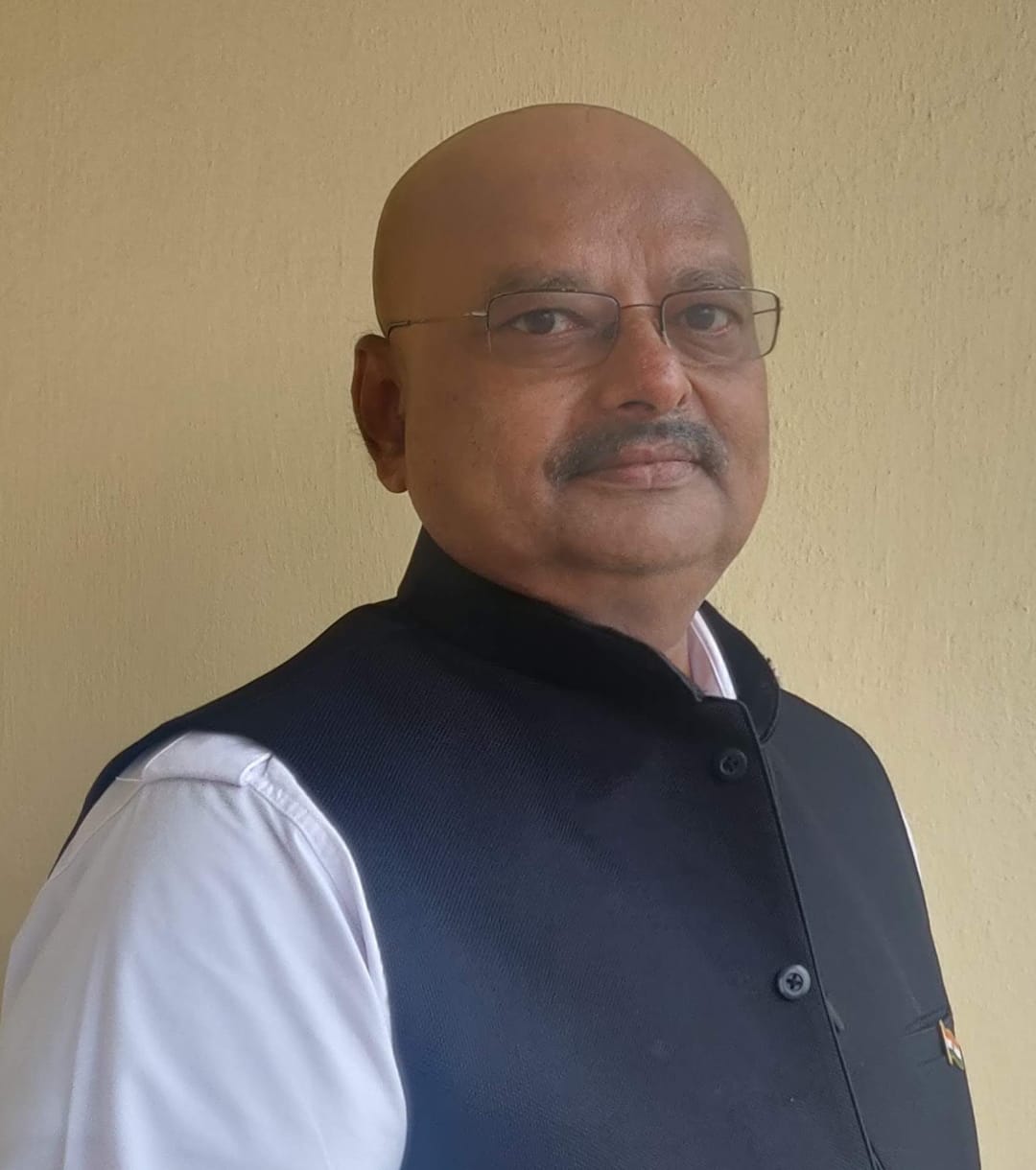 Wing Commander BS Sudarshan is a former Indian Air Force pilot with over 12,000 flying hours. He participated in Operation Pawan and Operation Cactus before he transitioned to civil aviation. A passionate writer, he has authored six books, including "Hasiru Hampe", appreciated by S L Bhyrappa, and the latest "Evergreen Hampi". He is a regular contributor to the Verandah Club.
Wing Commander BS Sudarshan is a former Indian Air Force pilot with over 12,000 flying hours. He participated in Operation Pawan and Operation Cactus before he transitioned to civil aviation. A passionate writer, he has authored six books, including "Hasiru Hampe", appreciated by S L Bhyrappa, and the latest "Evergreen Hampi". He is a regular contributor to the Verandah Club.
PREVIOUS ARTICLE
NEXT ARTICLE

At the southernmost tip of this mesmerising ensemble lies the majestic Great Nicobar Island, boasting an impressive landmass of about 910 square kilom...
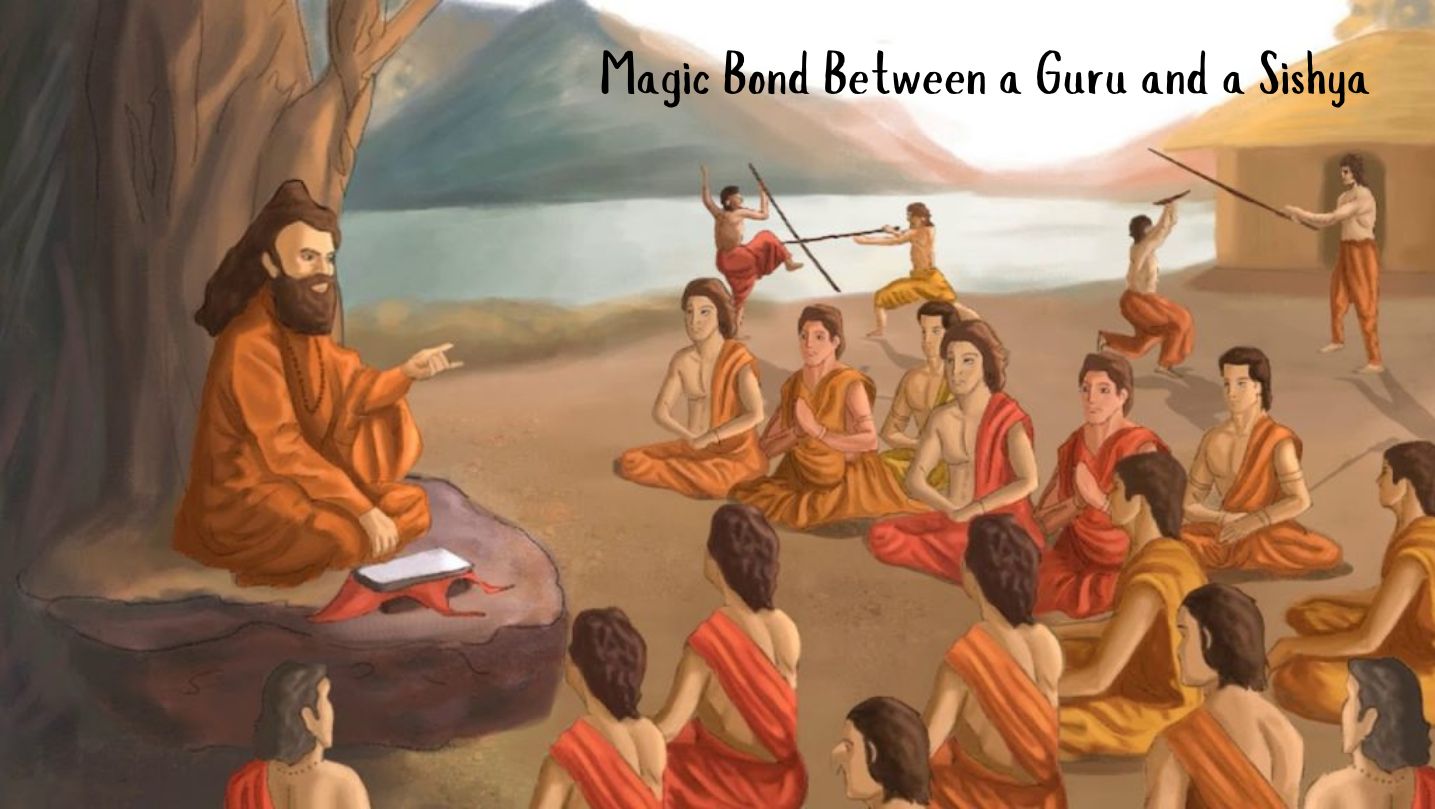
Bharath has always been a land traversed by spiritual masters/ Guru since time immemorial. These spiritual masters have always upheld the core princip...
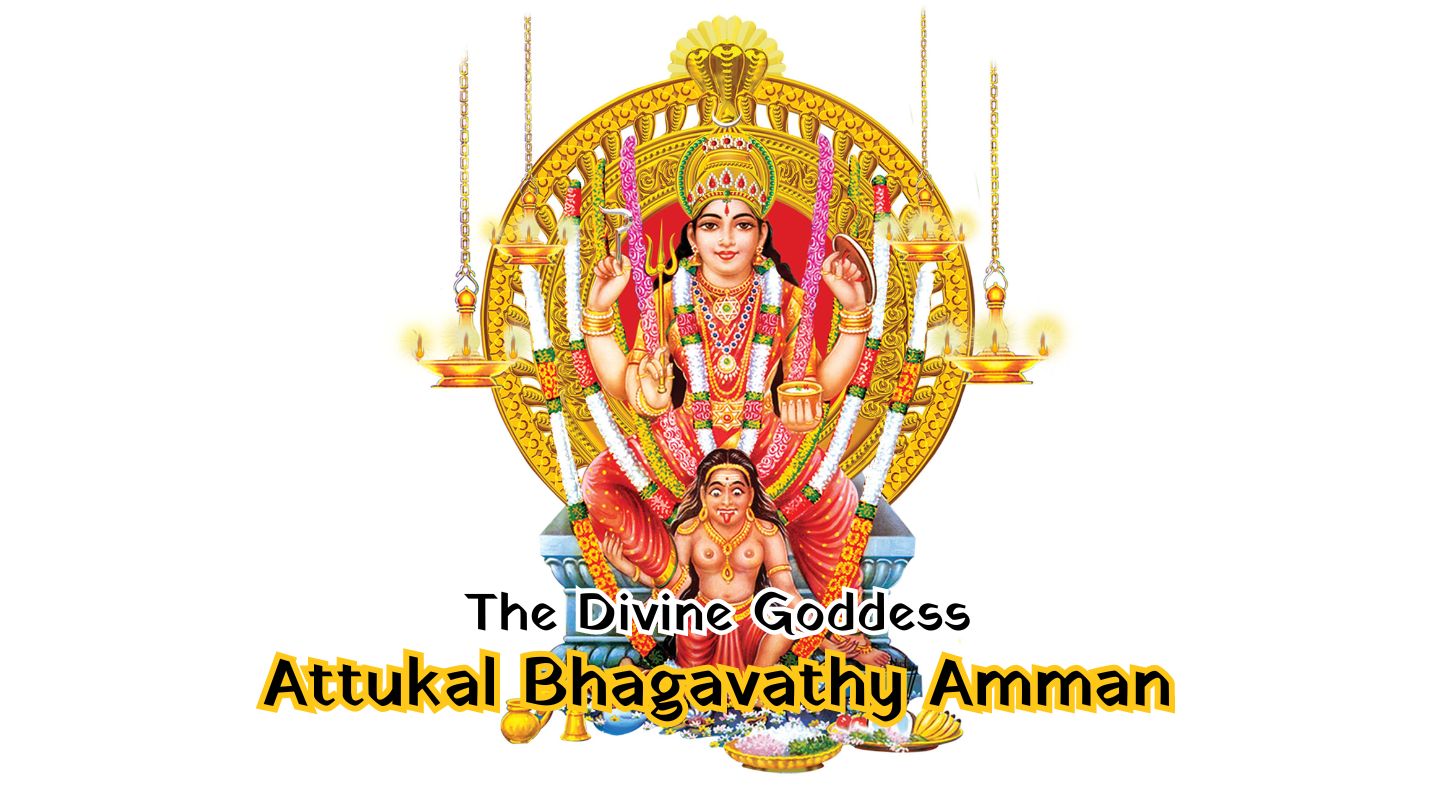
South India contains its fair share of unique pilgrimage centres. These divine places of worship have a prominent Sthala Purana, devoted followers, di...